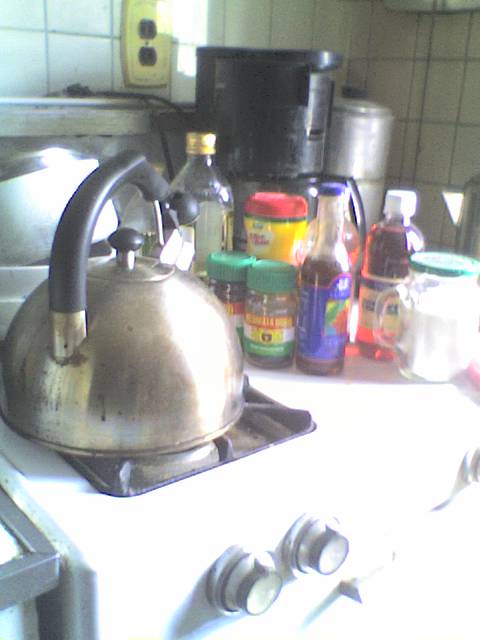This is Holy Week in both Greek and Russian Orthodoxy, It is a time of strict fasting followed by glorious feasting celebrating the Lord's resurrection. Ancient traditions are honored and acted upon with recipes passed down for generations. They reflect the people and the lands that created them.
The Orthodox Easter has to follow Passover , since it takes the New Testament literally and is
based on the Julian calendar (while Catholics and Protestants celebrate the Gregorian calendar one). Both religions have heavy fasting periods, especially around Lent (there is also a Christmas fast too). Even the weeks before Lent have purifying fasts where meat and other animal products are not allowed but dairy and eggs are permissible . The Lenten period kicked off with a Clean Monday fast where no food is eaten the first Monday until Wednesday evening. This is the longest fast in the church calendar. The second through the sixth weeks sees them nix almost everything except fruits vegetables, wheat products and water. This makes for sparse but healthy eating. Luckily they can eat nuts so peanut butter and bread provide some sustenance Wine and oil are only allowed on the weekends. There is a meal eaten on Holy Thursday then strict fasting (absolutely no food) on Good Friday. It is broken on Holy Saturday after the liturgy of Saint Basil. Fruit and some wine are allowed for sustenance.
Both Greek and Russian Easters are glorious affairs . The Greeks have a light meal after midnight mass to ease into eating. Some roast a whole lamb on a spit while others also roast goaton Easter Sunday. Both are usually stuffed with rice, pine nuts, cinnamon and raisins. The Russians celebrate with the tasty stroganoff, beef strips in smetana or sour cream or chicken kiev, a rolled and breaded chicken breast filled with garlic butter and herbs. Bread is important with both. The Greek Orthodox bake a fluffy challah like loaf studded with bright red eggs. The braids called tsoureki symbolizes the Holy Trinity while the eggs are symbolic of Christ's blood. The Russians go wild with their Easter breads too and create the large airy kulich. This is a bread that bakes in coffee or juice cans and resembles the Italian panettone or pan d'oro in shape and height but is spiced with saffron and cardamon. A thick confectioner's glaze is poured on top and then topped with a heavy dose of colorful sprinkles. Cheese is also a big Easter treat There is pashka a kind of cheesecake mold that has Pascals symbols on it.It's a rich mix of farmer's cheese , heavy cream , egg yolk and sugar. The Greeks have a savory and sweet cheese dishes ,depending on the location.
The Oerhodox Holy week is an interesting time, beginning with fasts and ending with feasts. The foods to end celebrate are amazing, rich in tradition and in flavor. They are true gems passed dow from generation to generation.
Subscribe to:
Post Comments (Atom)




No comments:
Post a Comment